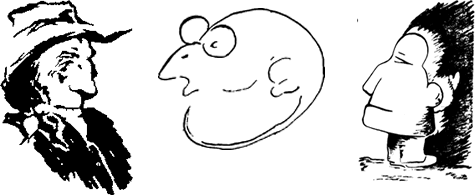I just want to thank those of you who completed the questionnaire on bilingualism and emotion. There were 36 responses all together, and I’ll be giving a presentation about it tomorrow.
The information collected was very interesting, and wasn’t entirely what we expected. For example, the number of people who preferred to use their first language to express their deepest feelings and terms of endearment wasn’t as high as previous studies have found. What seemed to be more important was the context and how well people know each language.
I’m now collecting data for a study on colour vocabulary. This time I’m looking for bilingual speakers of any language, and monolingual English speakers. If you can help, please complete the questionnaire on this page.
[Update] – for various reasons I will only be collecting data about colour vocabulary from monolinguals online (the data from bilinguals will be collected offline). So if you consider yourself to be a monolingual speaker of English or another language, please complete the questionnaire.
